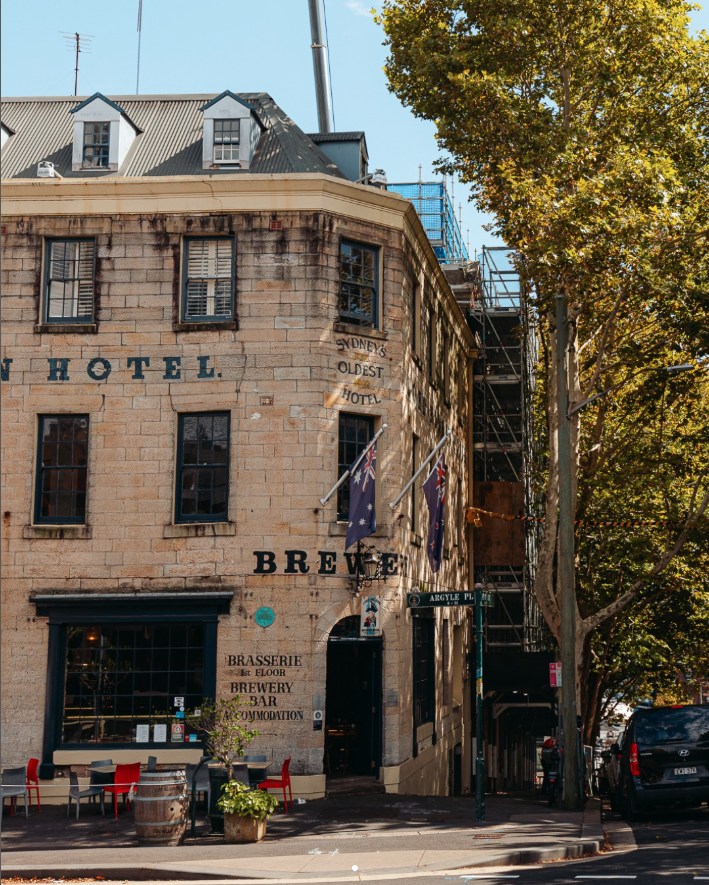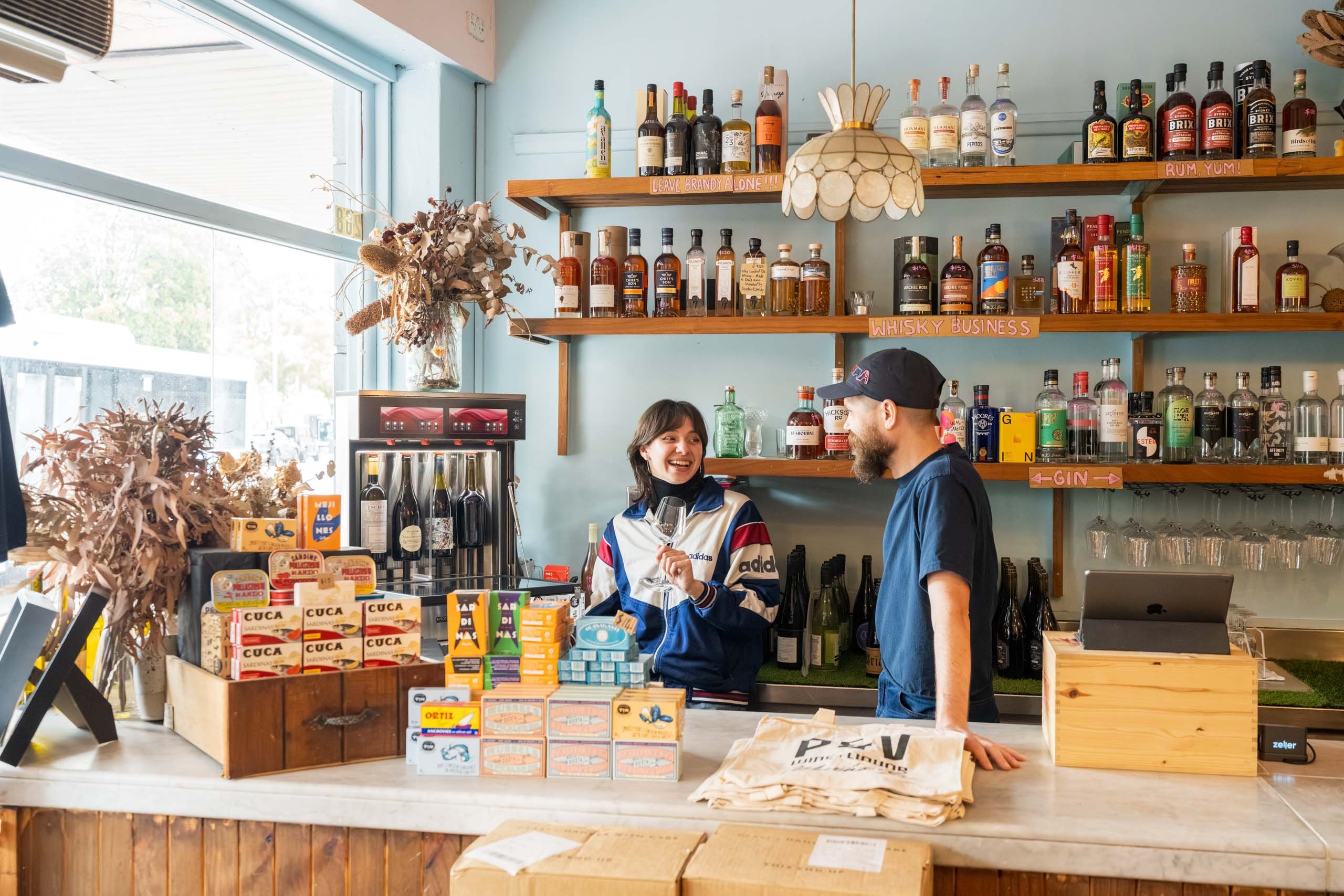
How to Price a By-the-Glass Wine List (Maximise Profit, Minimise Waste)
Creating a great wine-by-the-glass (BTG) list is one of the most effective ways to boost wine sales and elevate the guest experience in your venue. But pricing it correctly? That’s what separates a good list from a profitable one.
In this guide, we’ll show you how to price your BTG wines, how to avoid the common pitfalls of wine waste and over-pouring, and how tools like enomatic help venues turn BTG wine into one of their most profitable offerings.
Plus, we’ll share our free pricing strategy spreadsheet, so you can model your weekly gross profit and see exactly how long it’ll take to pay off your investment in an enomatic system.

Why Getting Your By-the-Glass Pricing Right Matters
Selling wine by the glass gives your customers the opportunity to try something new and keep coming back for more. But every open bottle represents a potential loss if it’s not served quickly and correctly. The key is to strike the right balance between:
-
Wine cost per glass
-
Portion control
-
Customer expectations
-
Gross profit margins
-
Spoilage and wastage
-
Equipment and labour costs
Step 1: Understand Your Wine Cost Per Serve
Start by breaking down the cost per glass.
-
Standard bottle size: 750ml
-
Standard pour: 150ml (5 serves per bottle)
Let’s say you’re serving a Pinot Noir that costs you $25 wholesale (or Landed Unit Cost aka LUC). Your base cost per serve is:
Cost Per Serve = LUC / 5
$5 = $25 / 5
Step 2: Set Your Target Gross Profit
If you're aiming for 90% gross profit (GP), use this formula:
Price per glass = Cost per serve ÷ (1 – Target GP%)
$50 = $5 / (1-0.9)
In many venues, especially those offering premium wines by the glass, a 90–100% margin is absolutely achievable when the wines are compelling and the service strategy is smart. In fact, 100% is quite conservative in the industry right now, with many venues charging more like 150-200% GP.
Step 3: Factor in Wastage
The industry average is around 10–15% wastage due to over-pouring and unfinished bottles. That means your real cost per serve might be much higher than you think.
Unless you have a system in place to preserve open bottles and control pours…
That’s where enomatic comes in.

Step 4: Incorporate Wine Service Strategy – With enomatic
enomatic wine dispensing systems eliminate over-pouring, preserve open bottles for up to four weeks, and reduce wastage to near zero. That means:
-
You can sell every drop of every bottle
-
You can offer premium wines by the glass without worrying about spoilage
-
You can set prices with confidence, knowing your margins are protected
Plus, with built-in portion control (including options for a tasting, half-glass and full-glass), enomatic allows you to design your BTG strategy around flexibility and profitability.
Step 5: Price With Purpose—Not Just Percentage
Rather than applying a blanket markup, think strategically:
-
Offer entry-level wines with standard markups to encourage sales
-
Upsell premium wines with smaller markups but higher per-glass profits than only being able to sell by the bottle
-
Use tasting pours to introduce high-margin wines and increase average spend per head
Step 6: Calculate Your ROI on Enomatic
Factoring your enomatic investment into your pricing strategy is easy with our free spreadsheet tool. It helps you:
✅ Input your wine list and portion sizes
✅ Calculate weekly gross profit based on sales volume
✅ See how long it will take to pay off your enomatic system
✅ Model different pricing scenarios
Get the Free Pricing Strategy Spreadsheet
Want to confidently price your BTG wine list and get the most out of every bottle?
👉 Download our free spreadsheet to calculate your wine-by-the-glass profitability and see how quickly you can recover your enomatic investment.
Whether you're a wine bar, restaurant, or cellar door, this tool gives you the clarity you need to price with confidence and grow your bottom line.
Download the By-The-Glass Profit Planner


